AL MATTO (알마또)
3.3Km 2021-03-30
41-1, Sinheung-ro, Yongsan-gu, Seoul
+82-2-794-4616
It is a place that sells Italian-style oven pizzas. This Western dishes restaurant is located in Yongsan-gu, Seoul. The representative menu is wood-fired pizza.
Parque Hyochang de Seúl (서울 효창공원)
3.4Km 2023-04-07
Hyochangwon-ro 177-18, Yongsan-gu, Seúl
+82-2-2199-8823
El Parque Hyochang, de 122.245 metros cuadrados, está situado en Hyochang-dong y Cheongpa 2-dong. Es un lugar histórico, que antes contenía varias tumbas reales, era conocida en aquel entonces como Hyochangwon. Las tumbas, que estaban originalmente en Hyochangwon, son del príncipe heredero Munhyo (primogénito del rey Jeongjo, que fue muerto con solo 5 años), la Noble Consorte Real Uibin del Clan Seong (concubina real del rey Jeongjo y madre del príncipe heredero Munhyo), la Noble Cosorte Real Sugui del Clan Park (concubina real del rey Sunjo), y su hija, la princesa Yeongon. Las tumbas reales fueron trasladadas al cementerio real Seosamreung durante el período colonial japonés. En 1924, el Imperio Japonés implementó la renovación de Hyochangwon para convertirlo en un parque, y en 1940, el gobernador general japonés, oficialmente, designó este sitio como un parque.
En la actualidad, algunos de los grandes líderes coreanos están enterrados en el Parque Hyochang. La mayoría de los restos son de activistas independentistas frente a Japón, incluyendo Yoon Bong-gil, Lee Bong-chang y Baek Jeong-gi, cuyas sepulturas son colectivamente conocidas como “Samuisa-myo” (tumbas de los tres mártires). Una estatua de Lee Bong-chang se levanta en el cementerio. Otros mártires patriotas que están inhumados en el parque son Kim Koo y algunos de los personajes importantes del Gobierno Provisional de Corea, tales como Lee Dong-nyeong, Cha I-seok y Cho Seong-hwan. El santuario ancestral, llamado Uiyeolsa, se encuentra al lado de la puerta principal y cuenta con los retratos de los difuntos independentistas.
Templo Myogaksa (묘각사)
3.4Km 2021-02-04
Jongno 63-gagil 31, Jongno-gu, Seúl.
El templo Myogaksa se localiza en la ladera oriental del monte Naksan, en Sungin-dong, Jongno-gu, Seúl. Construido por el monje Taeheo en mayo de 1930, se ha expandido hasta tener dos renovaciones. La ubicación del templo se basa en los principios del feng-shui (pungsu en coreano), que dictamina que un templo construido en este sitio traerá paz y comodidad a los habitantes de Seúl. El complejo del templo Myogaksa tiene un Santuario Deabul (Gran Buda), un santuario budista Wontong, un pabellón de oraciones Nakga, una Gruta Seokguram, un Pabellón del Espíritu de la Montaña (Sansingak), etc. Los santuarios Deabul y Wontong son magníficas obras de arte arquitectónico budista. La estatua de Buda, ubicada en la Gruta Seokguram, fue contruida alrededor del siglo IX o principios del siglo X, y es un tesoro nacional. La estatua Maebul, también en este templo, fue tallada de los acantilados de roca del monte Naksan y es un patrimonio cultural de la ciudad de Seúl.
Desde la Copa del Mundo de 2002, el templo Myogaksa lleva adelante un programa de estancia en templo, y es un maravilloso lugar donde los turistas pueden escapar del bullicio de Seúl y sentir la serenidad del budismo.
Bulbap(불밥)
3.4Km 2020-12-24
11 Ewhayeodae 8-gil Seodaemun-gu Seoul
+82-2-362-9833
It is a restaurant serving dishes at affordable prices. This restaurant's signature menu is spicy chicken. This Korean dishes restaurant is located in Seodaemun-gu, Seoul.
Raintree (레인트리)
3.4Km 2021-03-29
24, Ewhayeodae 2ga-gil, Seodaemun-gu, Seoul
+82-2-6406-2172
It is a café with a comfortable, cozy atmosphere. This cafe is located in Seodaemun-gu, Seoul. The most famous menu is pancakes.
Universidad Femenina de Ewha (이화여자대학교)
3.4Km 2023-07-03
Ewhayeodae-gil 52, Seodaemun-gu, Seúl.
Gami Bunsik (가미분식)
3.5Km 2021-03-26
2, Ewhayeodae 8-gil, Seodaemun-gu, Seoul
+82-2-364-3948
This snack restaurant near Ewha Women’s University has been around for over 40 years. This Korean dishes restaurant is located in Seodaemun-gu, Seoul. The representative menu is stir-fried rice cake with cheese.
Chikibaitu (Chickyx2) - Ewha Woman's Univ. Main Branch (치키바이투 (이대본점))
3.5Km 2021-11-12
29, Ewhayeodae-gil, Seodaemun-gu, Seoul
+82-2-365-4123, +82-10-7119-0566
Chikibaitu opened its doors in December 2010,
and allows guests to chow down on some fried chicken alongside their meals. They
even reproduced the famous chicken comic character as a mascot of sorts. Also,
they provide special finger gloves called "finger-naps" that make
the experience more fun. You will never get bored with its unique fried chicken
taste and set menu items. Also, while waiting for your food to be served, you can try
your hand at the board game Othello, one of which is placed at every table.
The restaurant serves standard
meals, fried chicken, and drinks from noon to midnight. Another interesting thing about this restaurant is it sells homemade sikhye (sweet rice drink),
which is said to aid digestion. All menu items are available for take-out. If
it's raining when you leave, staff at Chikibaitu will lend you a free umbrella
and offer a discount for returning it on your next visit.
Hotel Elleinn (엘르인호텔)
3.6Km 2020-06-11
24, Hangang-daero 71-gil, Yongsan-gu, Seoul-si
+82-2-792-8700
Hotel Elleinn is a top-tier business boutique hotel. It is only ten minutes away from Seoul Station and Yongsan Station, so it is a convenient choice for travelers arriving or departing by KTX trains. It is also close to subway stations Namyeong (Line 1) and Samgakji (Lines 4 and 6).
The hotel features a European-style interior and various convenient facilities including a coin-operated laundry room for long-term guests, and a business center with a printer, a copy machine, and a fax machine. All guestrooms are equipped with up-to-date desktop computers with a high speed internet connection. A bar in the basement can be used for business meetings.
With many tourist attractions nearby, including Myeongdong, Itaewon, Namdaemun Market, Dongdaemun Market, Yongsan Electronics Mall Complex, N Seoul Tower, the War Memorial, and the National Museum, this is a very convenient hotel for business, sightseeing, and shopping.
Jardín Botánico de Namsan (남산 야외식물원)
3.6Km 2022-12-16
Sowol-ro 323, Yongsan-gu, Seúl.
El Jardín Botánico de Namsan abrió sus puertas el 18 de febrero de 1997 en Hannam-dong, donde se encontraba la zona residencial para extranjeros demolida en 1994. Cubriendo un área de 59 m2, se divide en 13 jardines temáticos con un total de 117.132 plantas de 269 especies. Entre la diversidad, 60.912 plantas de 129 especies son árboles y 56.220 plantas de 140 especies son tipos de hierba. Los 13 jardines temáticos incluyen un jardín de hierba medicinal, albaricoques, flores silvestres, azaleas reales, arbustos, plantas comerciales y un jardín para ciegos.
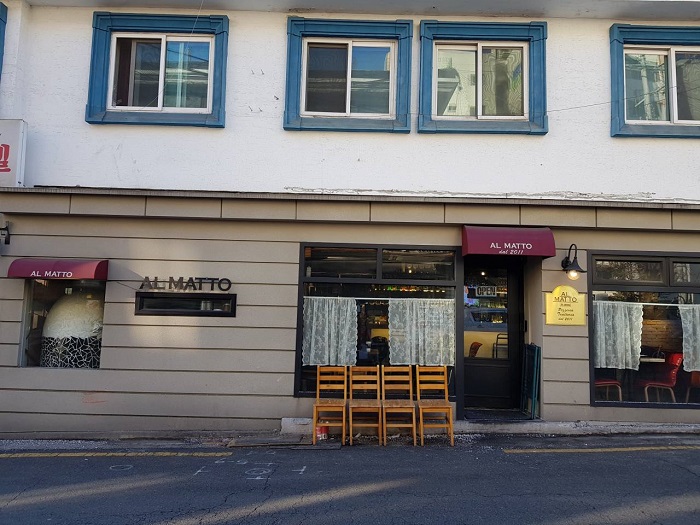
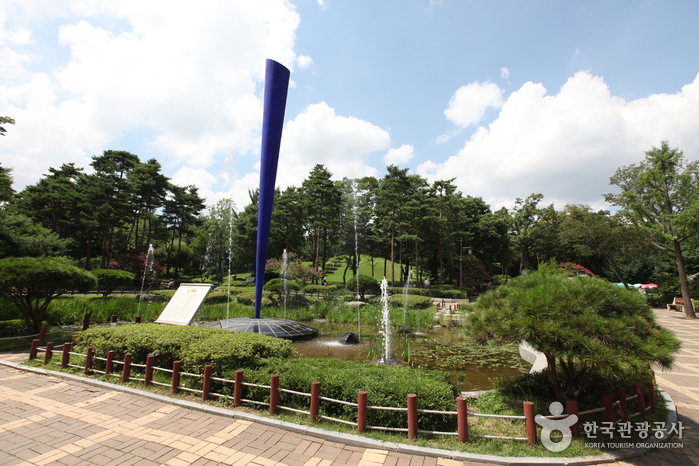
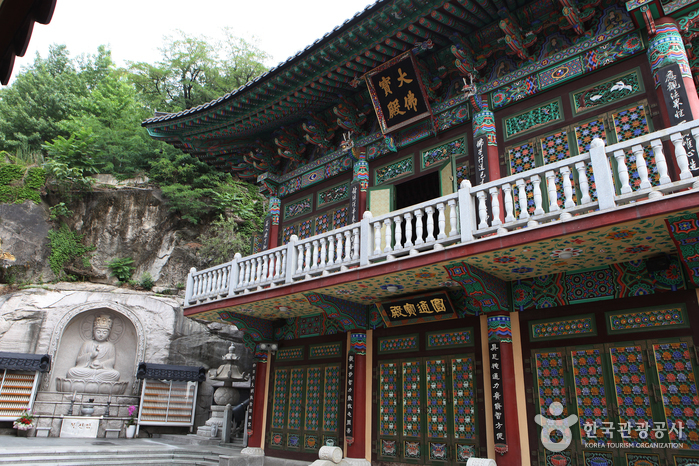
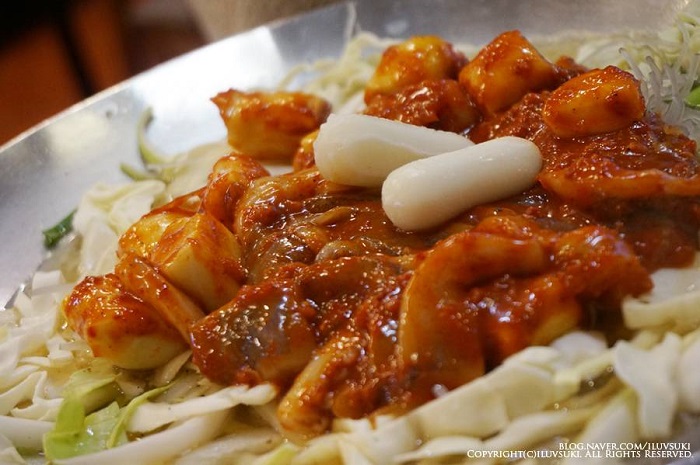

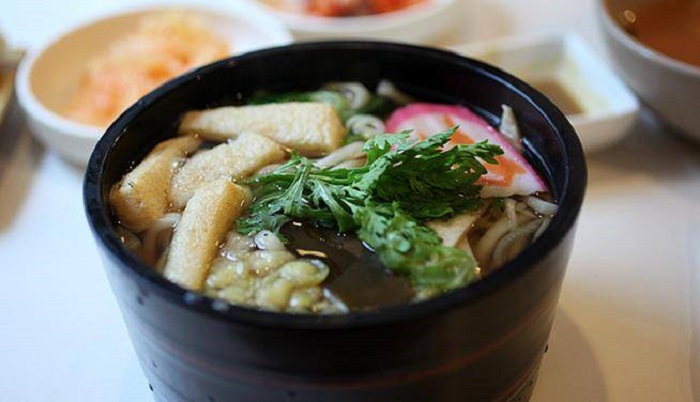
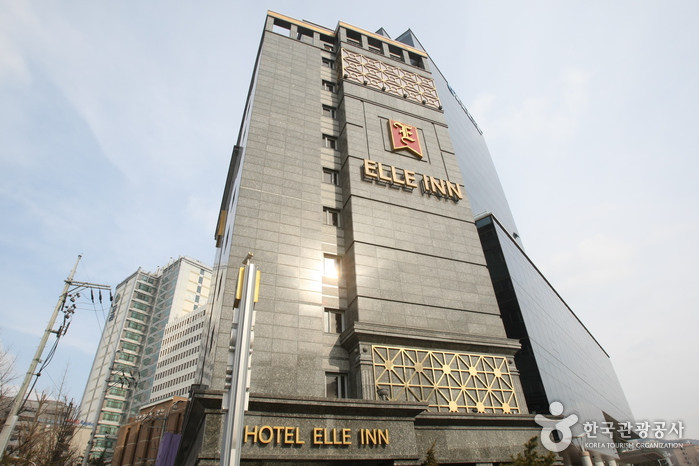
 Español
Español
 한국어
한국어 English
English 日本語
日本語 中文(简体)
中文(简体) Deutsch
Deutsch Français
Français Русский
Русский